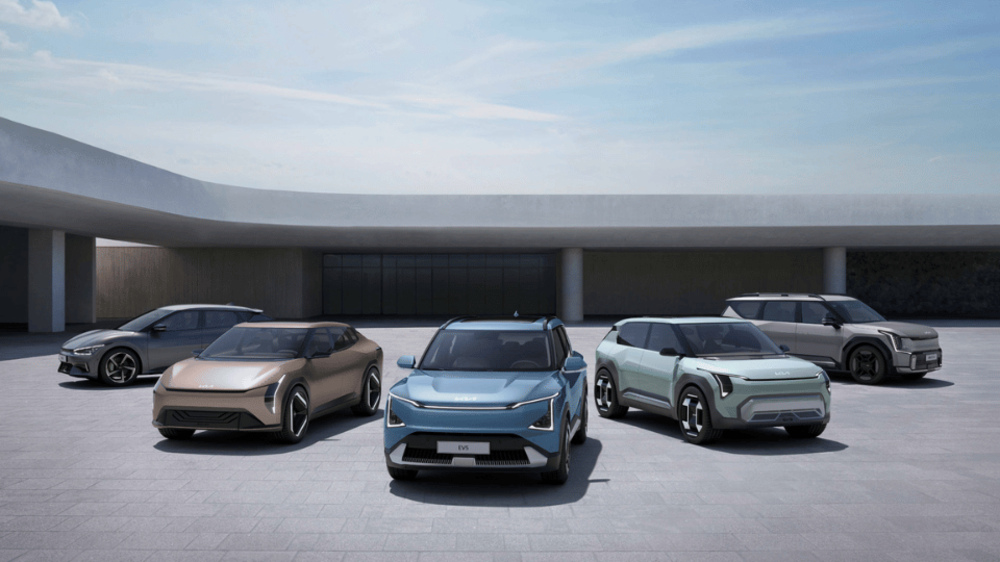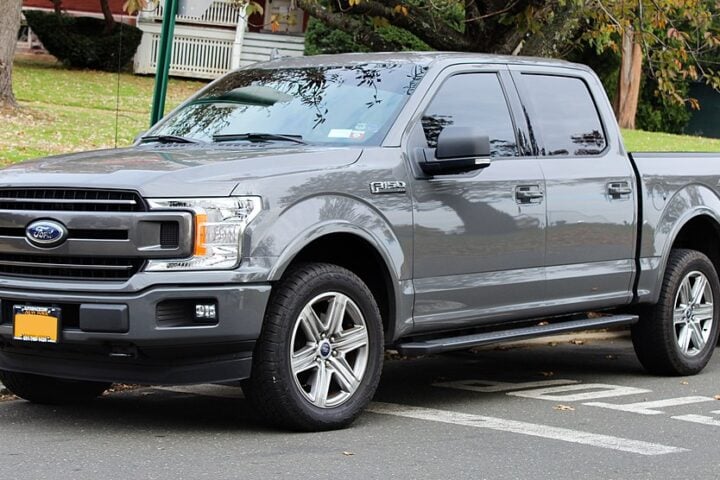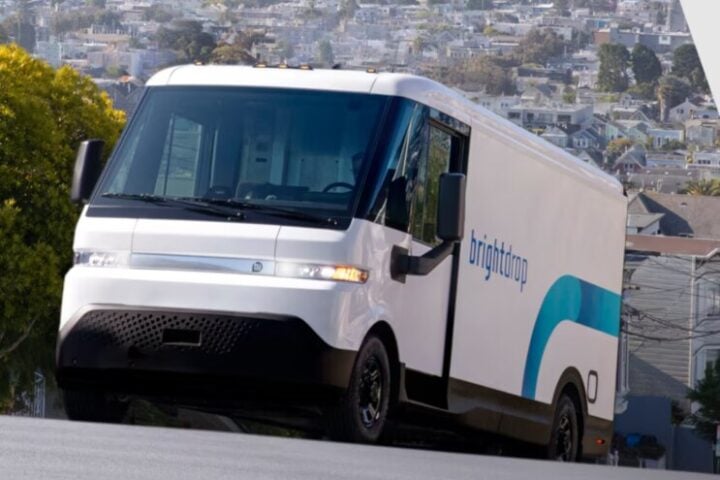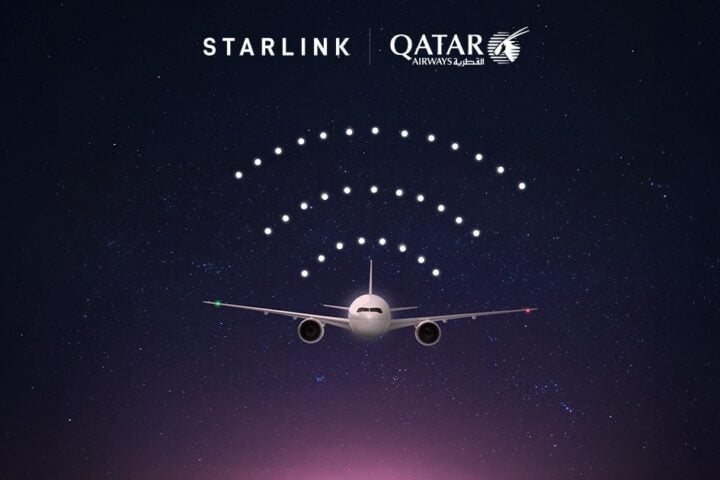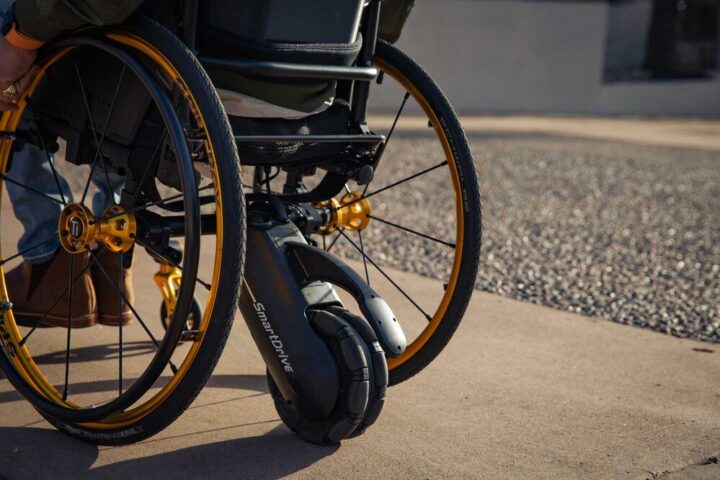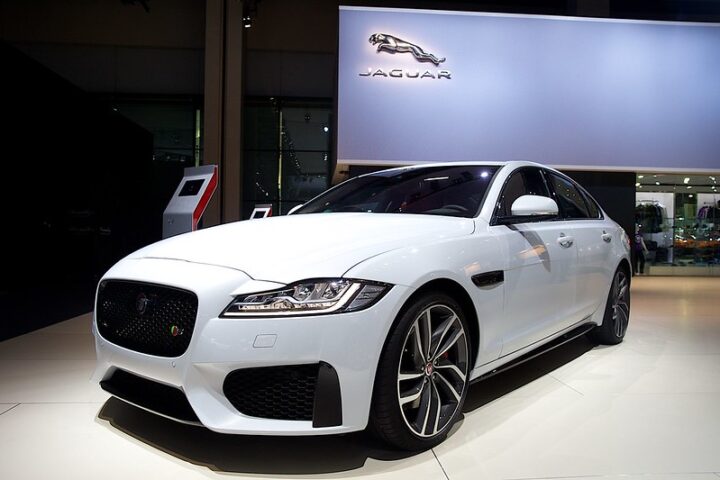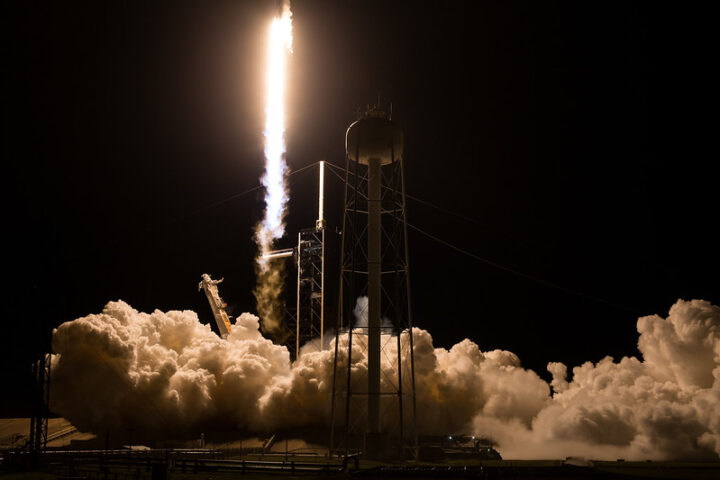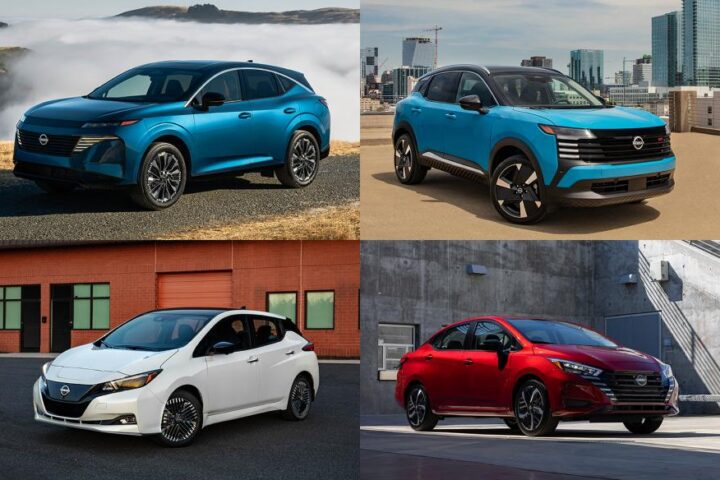Kia, once known primarily as a traditional auto manufacturer, has undergone a radical transformation. The company’s rebranding from “Kia Motors” to simply “Kia” signifies a strategic pivot towards becoming a customer-centric, sustainable mobility solutions provider. This change isn’t just superficial; it’s a foundational shift that echoes across all customer touchpoints, including a sleek, redesigned logo and a complete restructuring of their brand framework.
The Rise of the Electric Vehicle Market
The electric vehicle (EV) market is on an exponential growth trajectory. In 2023, global EV demand soared by 35% to 9.7 million units, up from 7.2 million in 2022, and is projected to skyrocket to 36 million units by 2030. Despite this rapid expansion, the majority of EV buyers remain early adopters, with mainstream consumers still hesitant due to two primary barriers: high pricing and charging inconvenience.
Kia’s Strategic EV Rollouts
Kia has been proactive in responding to the electrification trend. The launch of the Kia EV6, their first dedicated EV, was met with significant interest and acclaim globally. Following this success, the flagship electric SUV, the Kia EV9, was introduced, boasting advanced technologies and heralding a new era for large SUVs.
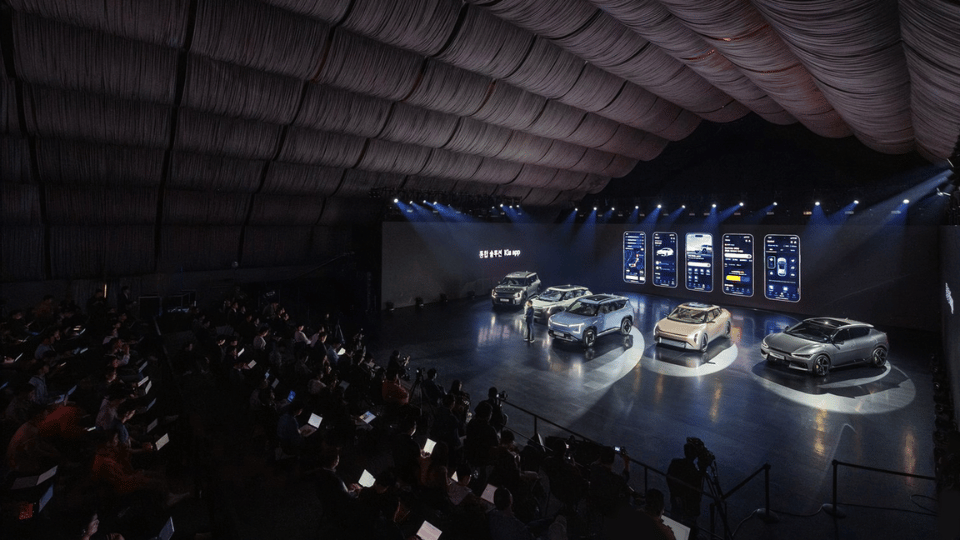
Upcoming Models and Pricing Strategy
Kia’s commitment to a diverse EV lineup is evident in its upcoming models, including the small and medium-sized EV5, EV4, and EV3, priced between $35,000 to $50,000. The EV2 and other strategic models aim to break the $35,000 entry price barrier, making EVs more accessible to a broader customer base.
Expanding Charging Infrastructure
Kia is not just focusing on vehicle production but also on enhancing charging infrastructure. In Europe, the IONITY alliance has installed about 2,800 ultra-fast chargers, with 7,000 planned by 2025. In North America, a coalition aims to install 30,000 chargers by 2030. Kia is also increasing charger installations in Korea and through its dealer network worldwide, including the development of in-house home chargers.
Kia’s Global EV Production and Battery Supply
Kia plans to operate eight global EV production bases by 2025, with South Korea as the hub. The production will be diversified across different regions, including Europe, China, India, and the United States, each focusing on market-specific models. This expansion is supported by a stable global battery supply system through strategic joint ventures.
Emerging Market Strategy
Kia’s approach to emerging markets involves a balanced strategy between ICE and EVs. Initially, premium models like EV6 and EV9 will be introduced, followed by more accessible models like EV5, EV4, and EV3.
Sales Goals and Sustainable Mobility Vision
Kia’s ambitious goal is to sell 1 million EVs annually by 2026, accounting for 25% of its total global vehicle sales. By 2030, this figure is expected to reach 37%, or 1.6 million units. The company’s steadfast commitment to electrification is not just a strategic choice but a necessary evolution to remain a leader in sustainable mobility solutions.
Similar Posts
The Kia EV5: A Game-Changer in the EV Space
The Kia EV5 is a cornerstone of Kia’s EV strategy, designed to cater to the millennial lifestyle with a life-enriching experience. Its exterior combines a bold, robust profile with sleek, dynamic lines. The interior is a blend of boldness and softness, focusing on space, openness, and light. The EV5’s unique features include a front-row bench seat for the Chinese model, in-vehicle refrigerator, luggage extension boards, and full-folding seats with relaxation and massage functions in the global model.
Technical Specifications and Performance
The China-produced EV5 model offers three power electric systems with batteries ranging from 64kWh to 88kWh and motors up to 230kW. The target driving range varies from 530km to 720km, depending on the model. The Korean-built model will follow with similar specifications. All models support fast charging, significantly reducing downtime.
Advanced Safety and Performance
The EV5 features dual-motor all-wheel drive, regenerative braking, and the i-Pedal system for enhanced driving comfort. Advanced safety features like Highway Driving Assist 2 and Remote Smart Parking Assist 2 ensure a stress-free driving experience.
Kia’s Comprehensive Customer Experience Strategy Way AHeads
Kia aims to revolutionize the customer journey by integrating various apps and functions into a single Kia app solution. This holistic approach covers the entire spectrum from vehicle purchase to maintenance. The company is also enhancing the in-store experience with advanced digital tools, such as VR and MR technology, and introducing AI-supported services for an enriched in-car experience.
Way Ahead
Kia’s strategic pivot towards electrification is a bold move that aligns with the global trend towards sustainable mobility. With an expanded EV lineup, enhanced charging infrastructure, and a focus on customer-centric experiences, Kia is poised to be a major player in the future of electric vehicles. As the EV market continues to evolve, Kia’s innovative approach and commitment to sustainability put it at the forefront of this automotive revolution.
